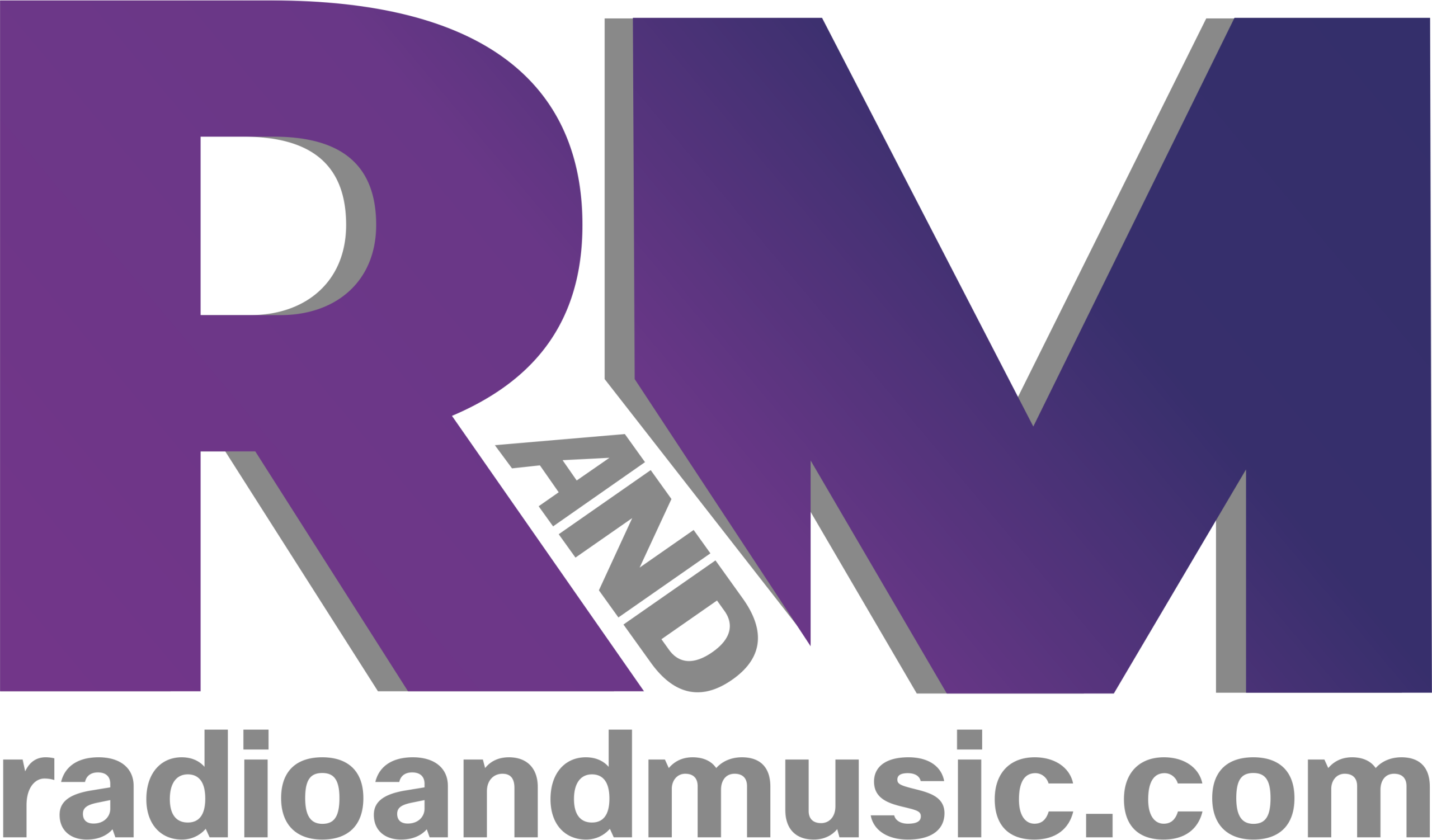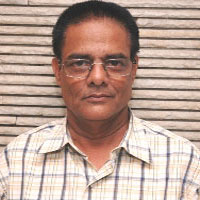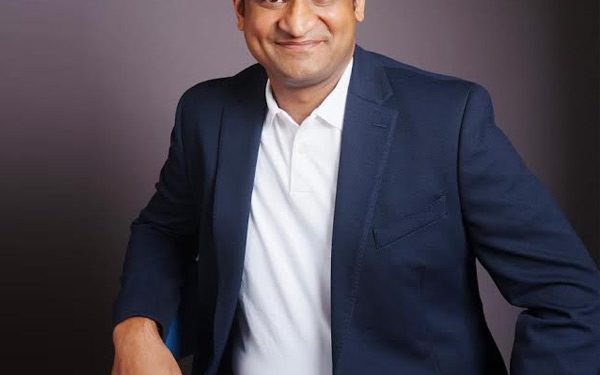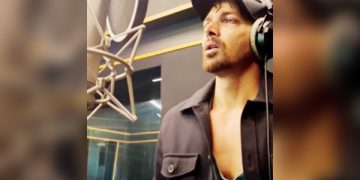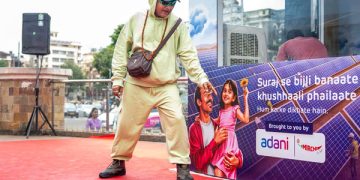He could well be described as one of the pioneers of the radio sector in India. Dr R Shreedhar has been with All India Radio for 30 years, has headed the media unit of the Indira Gandhi National Open University for five years, and was instrumental in starting the Gyandarshan, Eklavya and Vyas channels for Doordarshan, as also Anna FM, the first private community radio station in India.
He is now the director of Commonwealth Association Media Center for Asia, the Asia wing of Commonwealth of Learning.
Dr Shreedhaar, whose latest baby is Bangalore’s first community radio station, launched by the Jain Group of Institutions, spent time with Indiantelevison.com’s Tarachand Wanvari revealing the status of the community radio stations in India.
Excerpts:
How did you get involved with community radio?
I have a doctorate in Chemistry, but 30 years ago, I got associated with All India Radio, where I was the editor for science programs among other things. Then I became a director for AIR looking after education at the National Headquarters. I switched over to Door Darshan (DD) and was director of DD Kolkata for some time, then came back to AIR, later switched over to IGNOU. Apart from launching Gyandarshan, Eklavya and Vyas, I was also instrumental in starting Gyan Vani, which was the first educational radio station, and the most powerful station among the non-commercial stations.
I have got 40 licenses from the government and I have implemented 14 so far. Prime among them was Anna University, Chennai, where I had the privilege of starting the campus radio – India’s first community radio in 2004. Since then I have been helping all the community radio stations in the country. I have been connected in some way or the other with 90 per cent of India’s community radio stations. I was a UNESCO consultant for Afghanistan for community radio for some time too. Community Radio is my passion. Slowly I have become an activist.
What are the advantages of community radio? Who can, and how can one set up a community radio? What are the different types of models that are possible?
Ideally, a community radio station should be owned by the community, run by the community, for the community. While only the developed nations implement this fully, India, among the developing nations has by far the best policies on the issue.
Even though we started as education and campus radio stations, now the rules permit NGOs to apply for a community radio license too. But since it involves getting into the broadcast sector, and the use of the airwaves, (and it is very difficult to get the air wave frequency), it will take time to start.
To start a community radio station, anybody can download a two page A4 sized form from the government website and then apply. If it is an educational institution or an agricultural institution, the government will allot a letter of intent (LOI) within three months or exactly ninety days. Normally educational institutions will not be rejected, unless they are located in a crowded metro city where the frequency is not available. The second step is to apply to another ministry for frequency – this cannot be helped because there is no single window concept at all. The ministry of telecommunications will allot a frequency. Once the frequency is allotted, one has to also apply for a clearance by a committee called SACFA – Standing Advisory Committee for Frequency Allocation. That is also likely to be cleared in three months time. Once that is cleared, one can go set up a radio station – the cheapest radio station that one can think of will cost around Rs 700,000 to Rs one million without the civil construction. If you have a room, then you can have a radio station at that cost. The Rs one million figure includes the cost of antennae and towers, transmitter, studio recording and editing.
At these prices, the community radio station will be digital, stereophonic, with state of art technology, easy to use. The running expenses without the cost of creating content will be around Rs 50,000 per month.
There are good transmitters available from public sector undertakings in India, like Bharat Electronics (BEL) and West Bengal Electronics (WEBEL). They supply sturdy equipment.
After SAFCA, you buy the transmitter from the licensed vendor, sign an agreement with the government of India, wherein you have to give a Bank Guarantee of Rs 25,000. You then come back to the ministry of telecommunications and ask for a wireless operating license. Once the wireless operating license is obtained, it is up to you to broadcast any programme you like without violating copyright rules and IP rights, as well as follow the broadcasting code which applies to everyone who is broadcasting.
What is the potential you see for community radio?
We have calculated that we need community radio for about 5000 college institutions. Community radio will be very useful – it’s narrow casting like the neighborhood newspaper. It can get the programs based on the needs of the people. It can use the local voices, talent hunts are possible, classified advertisements too, the local functions can be covered and people will find it as a medium to communicate themselves within a small group or area.
Are you talking of 5000 colleges working separately or together?
Each working separately. There is no such thing as a national relay network.
What about community radio stations within the same city?
In any city, you can have a maximum of six community stations, six frequencies, that’s all.
But eight institutions have been allotted licenses in Bangalore?
That’s when the distance is about 15 kilometers. Bangalore is a big city. I mean that a city within a fifteen kilometer radius can have six frequencies. The suburbs beyond that can have more.
What are the chances of new community radio licenses being issued in Bangalore, now that eight have been already issued?
Very, very difficult. A new player will probably have to take it from an existing player. Maybe from an area surrounding Bangalore, that could bring a part of Bangalore within the radius. But you have to identify the community that the radio intends to focus on, and prove that you can reach it. Today, it is all geographically based, and the rule also says that the majority language of the area has to be addressed. If a specific community, say the Sindhi community wants to have a station here, they can have an hour or two of Sindhi programming, but the rest has to be in regional language or the majority language of the area where it is broadcasting.
Is it possible, looking at the scenario today to get enough, relevant content?
Yes, it is. For example, in the radio station started by the Jain Group of Institutions (JGI-Radio Active FM 107.8),there are eight hours of programming, four hours of which are repeat.
In the first one hour you put music, unadulterated, uninterrupted music. Of the four thousand students studying in all the colleges of this group, each college must be having some good artistes, bring them and record them, give them the CD free of cost, and broadcast it. You can definitely get one per day, 365 per year. Then there are neighboring institutions that can be tapped. For the second hour, take up a theme for discussion, get people involved in the discussion, it doesn’t cost much.
I also suggest that different topics be picked for different days of the week – like health on Mondays, environment on Tuesday….
You should also have a phone in facility on these shows, have an expert, bring an audience. Content generation is possible if you have many people who are keen on a social cause.
You can identify 28 students, four per day, each of whom will handle one hour, which means that one student will handle one hour per week. The student must use his or her ingenuity, for example take a doctor to places, record for two hours and play it for two days. Come on a Saturday, record music for eight hours, and you have music for the whole week. Use the studio live facilities, then slowly go on editing it. Then there are institutions like those of the agricultural department, the school education department, NGOs like ‘Voices’. You have health and family planning departments, AIDS, all of whom produce some kind of audio software. Give it out to many institutions, you will have more listeners, more participants, more activity.
Content generation for four hours is not a problem. You could have quiz programs, cultural programs and troupes, since every institution in and around this place has a cultural group. People do street plays, which can also be recorded. All that is needed is coordination, and identifying places where there is a potential for audio content generation.
How do you popularise a community radio station? You may have content, but no listeners. How do you get listeners?
First, do a baseline study. Involve the people. The vendors, the man on the road, pay them a small amount if required. If they have good talents, bring them on air once a week. It will be their voice that will be broadcast, they will present the content. Since this is not AIR or commercial radio, you have to take efforts to spread it out to many, many people. Then you need to involve communities like the National Institute of visually Handicapped and the National Institute of Physically Handicapped, who can use this medium effectively.
Are there any restrictions on the type of content you can carry on community radio?
Community radio can’t do news, and current affairs, nor can it carry sponsored programmes. The government has cleared the new community radio policy in November 2006, allowing five minutes per hour of commercials, local advertisements that is, and this is probably with the law ministry for whetting. Maybe in a month or two, advertisement on community radio will be possible.
There are certain conditions for that too. The funds that are generated through advertisements have to be deployed back to the station, to make improvements to the station, content generation and day to day expenses. The promoters cannot make a financial profit from a community radio venture.
Will specific stations in specific metros be kept under watch by the government?
Wherever there is private community radio, advertisements on the local community radio stations will be watched, is what the last line of the regulations say.
